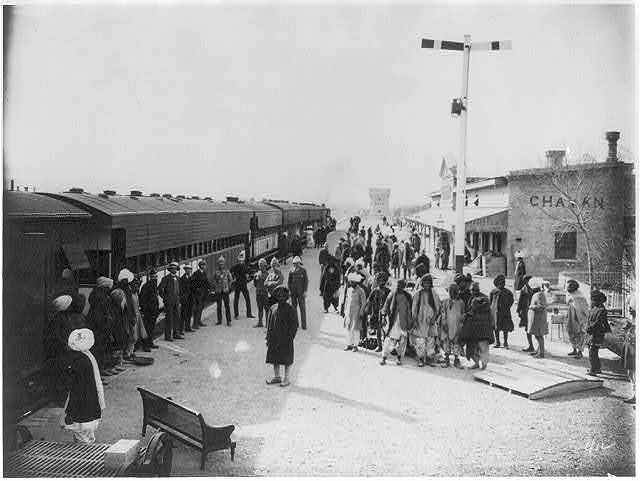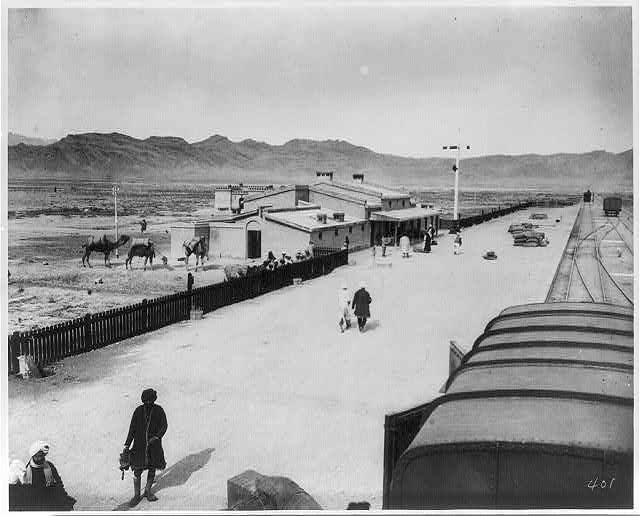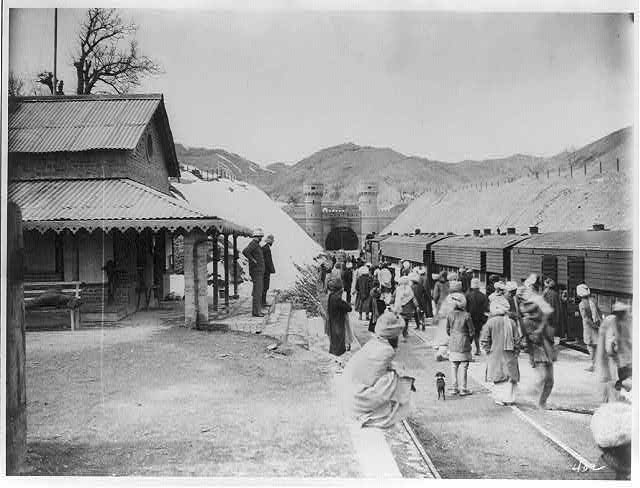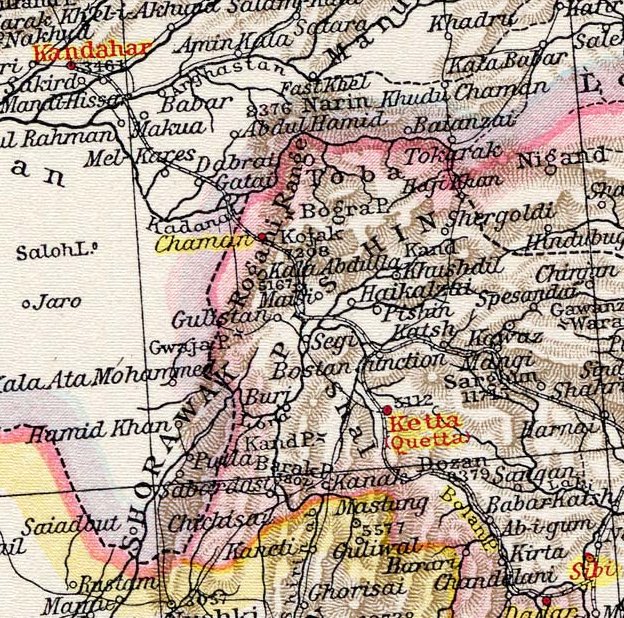A Ministry of Mines statement on the 4 July 2011 conference in Paris.
Conference on Afghan Railways development held in Paris
A comprehensive plan for building railways in Afghanistan based on economic criteria was welcomed at a special conference in Paris.
The Conference, organized by the Afghan and French governments, was attended by representative of the G8 group, international organizations such as the Asian Development Bank, World Bank, European Union, Pakistan, Uzbekistan, Tajikistan, Kazakhstan, India.
The inaugural speech of French Minister of Transport Thierry Mariani, was followed by His Excellency Wahidullah Shahrani, the Afghan Minister of Mines, who presented the plan, designed to facilitate transport of goods between South Asia and Central Asia and revive the historic role of Afghanistan as the transport hub of the region.
Mr. Shahrani clarified National and Regional Resource Corridors Program drafted by the Ministries of Mines, Transport and Civil Aviation, and Public Works. The Program was warmly received by the French Minister of Transport and the participants.
Representative of G8 and international organizations expressed their willingness to consider giving financial and technical support to the proposals for the Mazar-i-sharif-Andkhoi, Kandahar-Chaman, Kabul-Torkham and Kabul-Mazar-i-sharif railways projects financially and technically, and emphasized the need for a clear organizational structure and railway management regime.
Railways are vital for Afghanistan’s development and the exploitation of Afghan mineral resources. Accordingly the comprehensive railway plan has emerged from coordination by the Ministry of Mines with other relevant organizations.
Mr Shahrani, in his dual role as the Minister of Mines and Head of the Infrastructure Cluster, was accompanied by Engineer Abdul Quddus Hamidi the Minister of Public Works, Dr. Daud Ali Najafi Acting Minister for Transport and Civil Aviation, and Mustafa Mastoor Deputy Minister of Finance.
Source: Ministry of Mines, 2011-07-09



